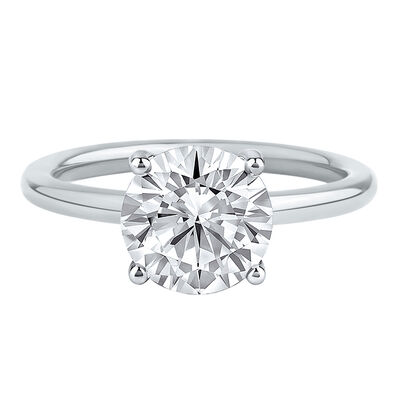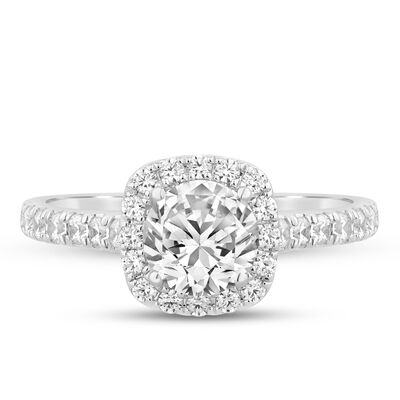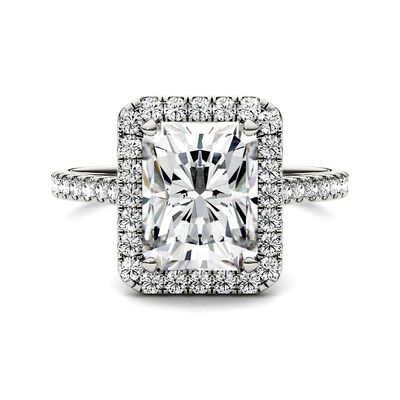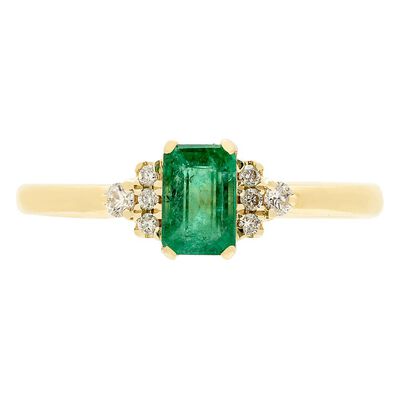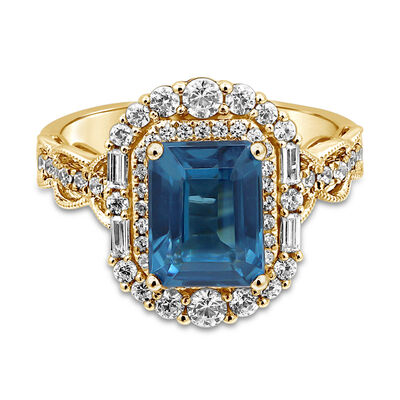Your Guide to Choosing the Perfect Engagement Ring
Selecting an engagement ring is a momentous occasion, whether you make your selection as a couple or you surprise your significant other with this symbol of love and commitment. One factor to consider is the durability of the gemstone you choose, whether it’s a lab grown diamond or a natural sapphire. Each gemstone falls somewhere on the Mohs Hardness Scale. Ranging from 1 (softest) to 10 (hardest), the Mohs scale rankings give you insight into a gemstone's resistance to scratches and wear.
Understanding the Mohs Scale of Hardness
Developed by German mineralogist Friedrich Mohs in 1812, the Mohs scale ranks minerals based on their ability to scratch one another. It doesn't actually measure absolute hardness; instead, it offers a comparative assessment. A higher Mohs Scale of Hardness gemstone rating indicates greater resistance to scratches. Here’s how it works:
- Soft gemstones (1-4): These stones are delicate and prone to damage, making them unsuitable for daily wear, especially as an engagement ring.
- Medium-hard gemstone (5-6): These gemstones can withstand some wear and tear, but they require careful handling.
- Hard gemstones (7-9): Ideal for engagement rings, hard gemstones offer excellent durability.
- Extremely hard stones (10): Diamonds hold the top position on the Mohs scale, owing to their exceptional hardness and scratch resistance.
Diamonds: The Ultimate Gemstone
Diamonds reign supreme as the hardest known natural material, scoring a perfect 10 on the Mohs hardness scale. Their exceptional durability, combined with their brilliance and fire, makes them the perfect choice for natural diamond engagement rings. Beyond hardness, however, diamonds possess a high refractive index, which creates that mesmerizing sparkle. And they’re chemically inert, meaning they’re resistant to most acids and bases for improved longevity.
Comparing Diamonds to Other Gemstones
While diamonds are unparalleled in hardness, other gemstones offer unique beauty and characteristics. On the Mohs Scale of Hardness, sapphires, along with other popular stones, can make excellent engagement ring alternatives.
- Sapphire (9): Sapphires are incredibly durable and available in various colors, including the classic blue.
- Ruby (9): Rubies share the same hardness as sapphires and are prized for their intense red color.
- Moissanite (9.25): This lab-created gemstone offers exceptional brilliance and durability, often mistaken for diamonds.
- Topaz (8): Topaz comes in a wide range of colors and has exceptional clarity.
- Emerald (8): Emerald hardness on Mohs scale is lower than diamonds and sapphires. And while these stones are coveted for their green hue, they are more susceptible to chipping due to inclusions.
Choosing the Right Gemstone for Your Bridal Journey
When selecting the perfect gemstone for an engagement ring, consider your (or their) lifestyle and budget. If you prioritize durability, opt for a diamond, sapphire, or ruby. If you’re looking for a larger stone at a lower price point, moissanite gives you the look of a diamond.
Keep in mind that even the hardest gemstones can be damaged with improper care. So take care to protect your engagement ring by removing it during strenuous activities and storing it in a safe place when not worn.
Enhancing Your Engagement Ring Experience
Are you ready to find the perfect gemstone for your engagement ring? Discover the beauty and durability of various gemstones — whether that “perfect 10” Mohs Scale of Hardness diamond or a dazzling 9.25 moissanite center stone. At Helzberg, we’ve been in the business of love in all its forms for more than a century. Book your appointment today at your nearest Helzberg location, and let us help you create an engagement ring that’ll last a lifetime.









